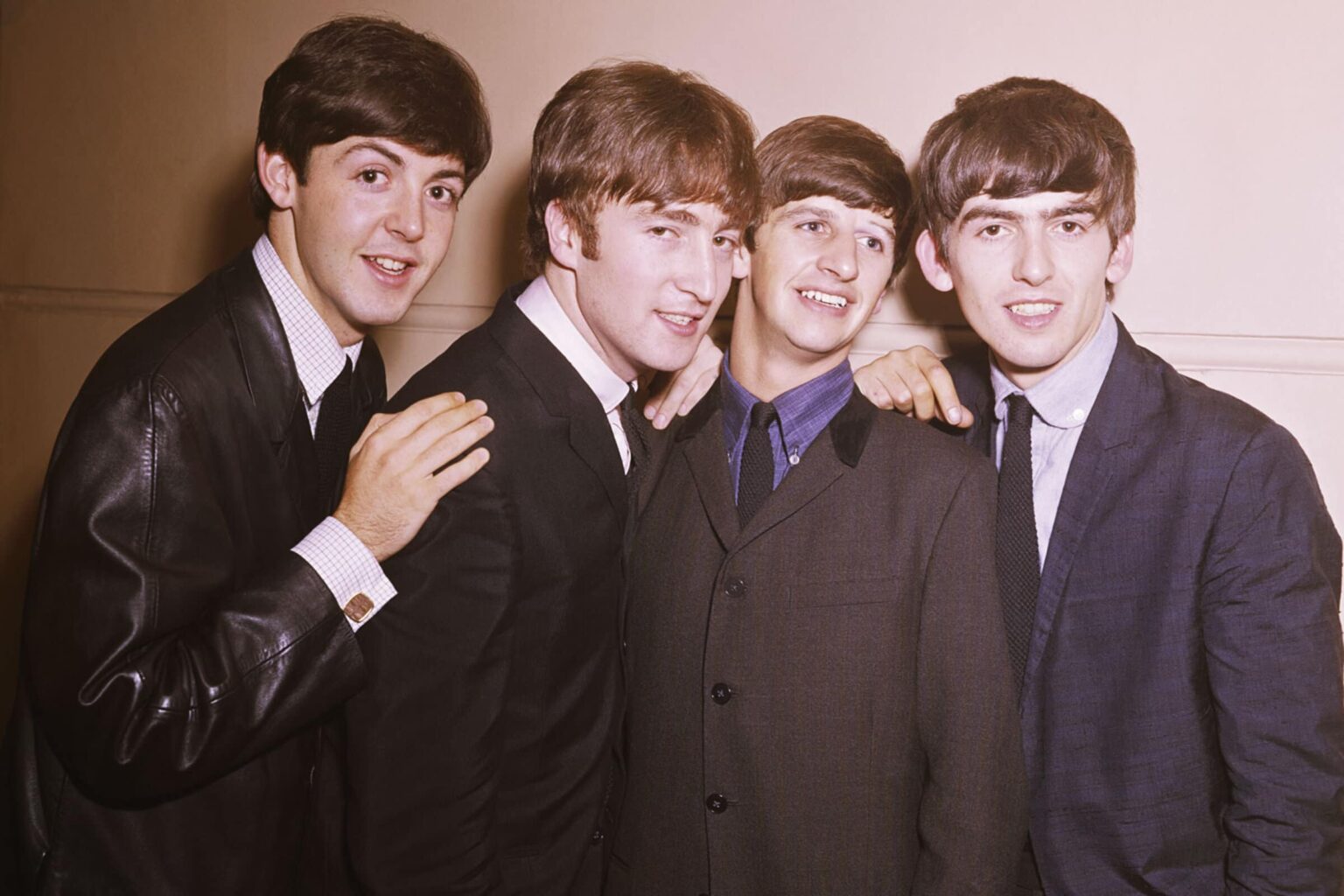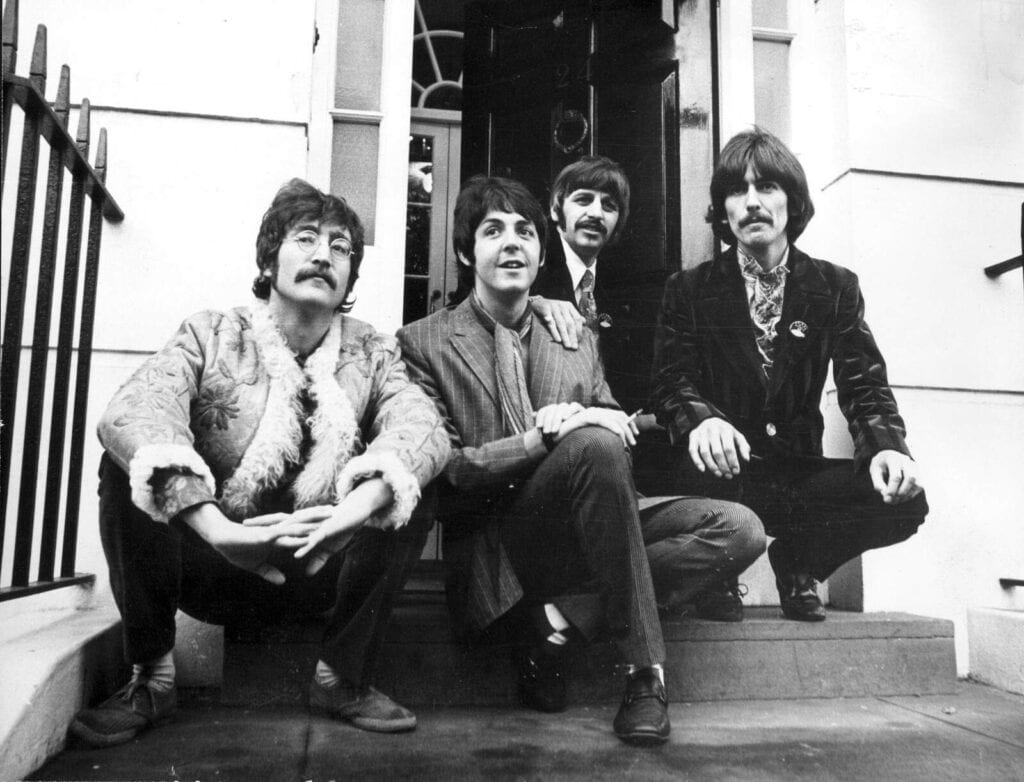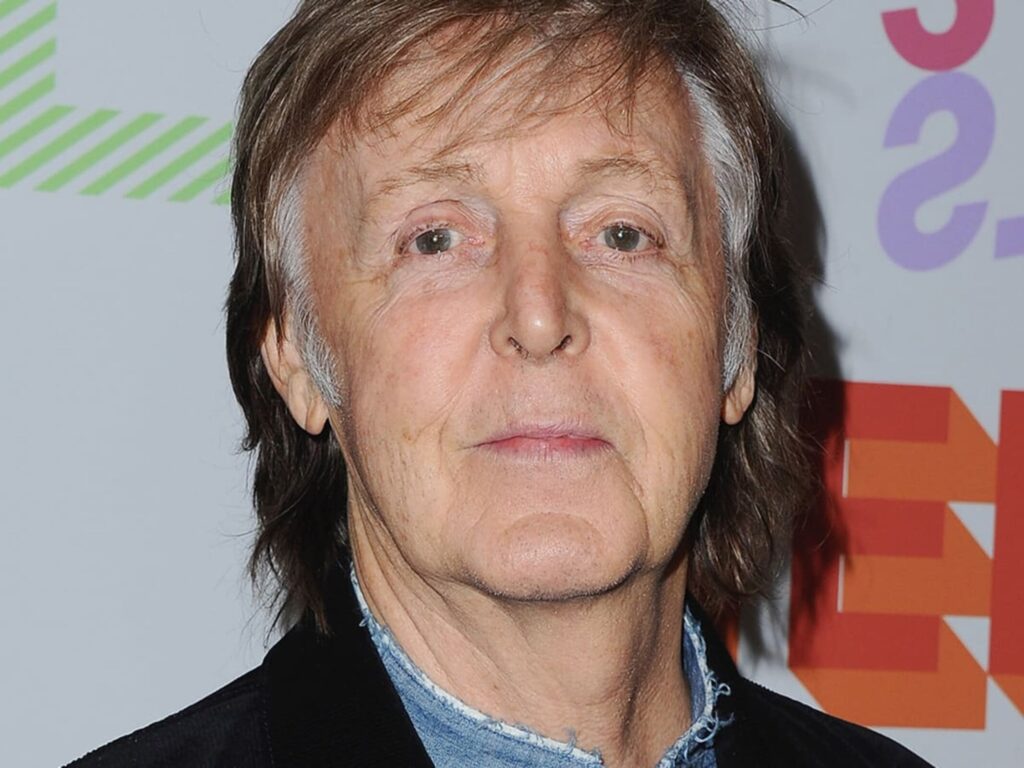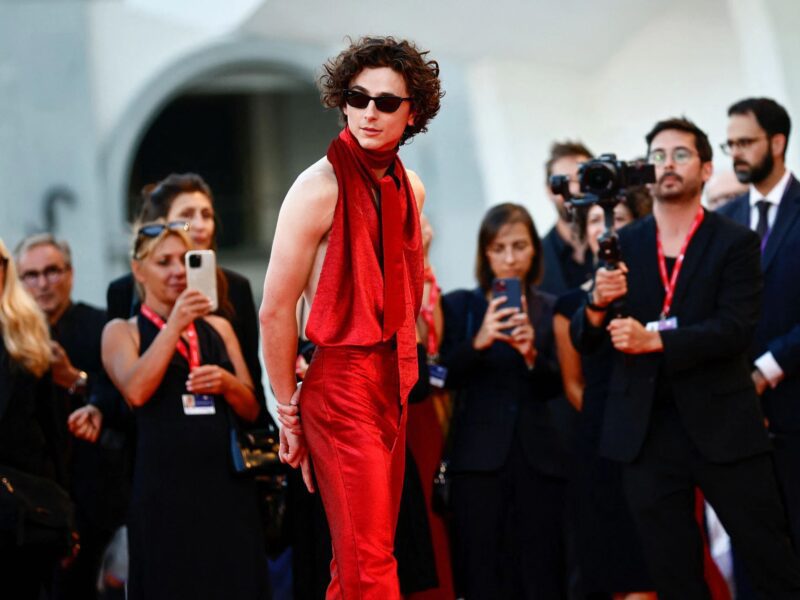
Did The Beatles members break up because they were secretly queer
Is there actually more to the Beatles’ story than what we already know? Even after more than two thousand books on them, it turns out there might just be. Two passionate queer women running a Beatles podcast have, along with a nonbinary singer/songwriter, unraveled a fresh angle on the beloved band, one that might surprise even the most dedicated Beatles fanatics.
Did The Beatles members break up because they were secretly queer? Let’s find out.

Queering the Beatles
In a 2022 episode of their podcast, Another Kind of Mind, titled Queering the Beatles, hosts Daphne Mitchell and Phoebe Lorde were joined by Caleb Nichols. The trio dived into Nichols’ vibrant 2022 album, Ramon, which explores his queer identity through the Beatles’ fandom lens.
Now, let’s be clear; none of the Beatles—John Lennon, Paul McCartney, George Harrison, or Ringo Starr—were openly LGBTQ+. But that’s where the idea of queering comes into play. Queering involves looking at something from an LGBTQ+ or queer theory perspective. And that’s just what Mitchell, Lorde, and Nichols did, dissecting the Beatles’ trajectory from their edgy early days in bars to their androgynous group look, and finally to their flamboyant Sgt. Pepper suits.

The connections
A key link between the Beatles and the LGBTQ+ community was their manager, Brian Epstein. He was a closeted gay man who had a tumultuous relationship with his sexuality. And that holiday trip to Barcelona he took with Lennon? Well, that’s still up for debate amongst die-hard Beatles fans.
Beyond Epstein, LGBTQ+ people were a constant presence throughout the Beatles’ history. Some even played instrumental roles in the formation of the Beatles, underscoring how different the band might have been without these individuals. As Pride Month comes to a close, here’s a list of queer figures within the Beatles’ universe, a list inspired by the Another Kind of Mind podcast.

The art dealer
Robert Fraser, an art dealer who sauntered into the studio during episode two of Peter Jackson’s documentary Get Back, was more than just an art vendor for McCartney. Fraser, a flamboyant figure in the London art scene, had a profound impact on McCartney and the Beatles’ visual aesthetics.
His artists worked on the Sgt. Pepper’s Lonely Hearts Club Band and White Album covers, with a Magritte painting he introduced to McCartney serving as the Apple Records logo’s inspiration.
Victor Spinetti, the fuzzy sweater-clad TV director that the Beatles teased in A Hard Day’s Night, was a notable gay man. He was also the only non-Beatle to appear in three Beatles films: A Hard Day’s Night, Help!, and Magical Mystery Tour.

The inspirations
“Polythene Pam,” a snippet from Lennon’s Abbey Road medley, is widely believed to have been inspired by Pat Dawson, a fan from the Beatles’ Liverpool days known for her unusual consumption of polythene. The character of “Polythene Pam” was also influenced by a bisexual beat poet, Royston Ellis, who crossed paths with the Beatles when they were still known as the Silver Beetles.
Tony King, described by GQ as a “fixer, muse, and confidante to the gods of pop music,” was an integral figure in Lennon’s and Elton John’s music. He also held an LGBTQ+ connection to the Beatles.
Billy Preston, an openly gay man, joined the Beatles at a time when the band seemed to be on the verge of a breakdown. His spirited energy breathed new life into them, as seen in the Get Back documentary.

The bottom line
When reflecting on the Beatles’ story through an LGBTQ+ lens, the presence of these queer figures brings new depth and resonance to the tale. But as we turn over the last pages of this chapter in the Beatles’ history, one can’t help but wonder: what other aspects of the Beatles’ legacy are waiting to be discovered?







